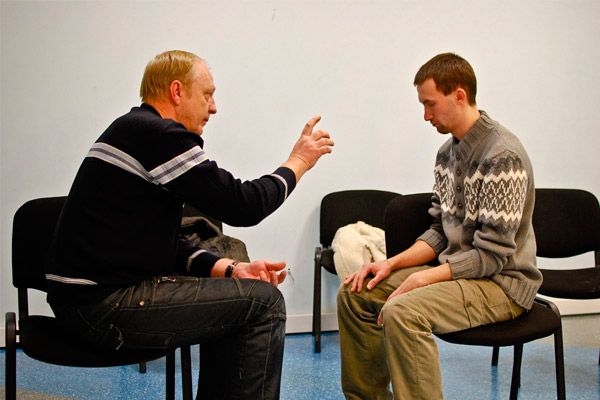New publications
Scientists have learned how the brain succumbs to hypnosis
Last reviewed: 02.07.2025

All iLive content is medically reviewed or fact checked to ensure as much factual accuracy as possible.
We have strict sourcing guidelines and only link to reputable media sites, academic research institutions and, whenever possible, medically peer reviewed studies. Note that the numbers in parentheses ([1], [2], etc.) are clickable links to these studies.
If you feel that any of our content is inaccurate, out-of-date, or otherwise questionable, please select it and press Ctrl + Enter.
At Stanford University, a team of scientists led by neurophysiologist David Spiegel found out what activity occurs in the human brain during a hypnotic session. The researchers were interested in why not all people are susceptible to hypnosis. Having studied the processes that occur in the brain during hypnosis, experts came to the conclusion that the activity of some areas changes, and the more susceptible a person is to hypnosis, the higher the activity.
The experiment of the research group involved volunteers who were more or less susceptible to hypnosis. It is worth noting that every 10th inhabitant of the planet is easily susceptible to hypnosis, more than 500 people wanted to take part in the study, but of all those who wanted, the scientists selected only 57 people, 21 of whom were practically unresponsive to hypnosis.
Recently, scientists have discovered why some people cannot be hypnotized.
Scientists noted that for the purity of the experiment it was necessary to select volunteers who are not susceptible to hypnotic influence and who were included in the control group. According to Dr. Spiegel, it is possible to record the processes occurring in the brain during hypnosis, but without a control group it will be impossible to say 100% that this is due to hypnotic influence.
During the hypnosis session, the participants' brains were scanned using an MRI, which revealed three areas in which activity began to change, with changes observed only in those participants who responded most strongly to hypnosis, and changes only began during the hypnosis session.
Dr. Spiegel noted that the first to decrease activity was in the anterior cingulate cortex, which is explained by the fact that during hypnotic sleep a person no longer thinks about anything and is completely engrossed in the process. Then changes began in the Reil's island and the dorsolateral prefrontal cortex, with activation of connections between these two areas. Scientists noted that the Reil's island is responsible for controlling the processes occurring in the body.
Further observation showed that there is a decrease in connections between the prefrontal area and the dorsolateral cortex, which may indicate that there is a gap between the actions of a person under hypnosis and the awareness of the brain, which entails certain consequences, for example, performing the actions suggested by the hypnotist (quitting smoking, insensitivity to pain, etc.).

In participants susceptible to hypnotic influence, hypnosis sessions led to a reduction in chronic pain, as well as pain during various medical procedures (in particular, during childbirth), post-traumatic stress, and in the treatment of smoking addiction.
Spiegel said his colleagues' work could help develop new treatments, primarily for those who are resistant to hypnosis, but it will take several more years of research before such therapy becomes widely available.

 [
[